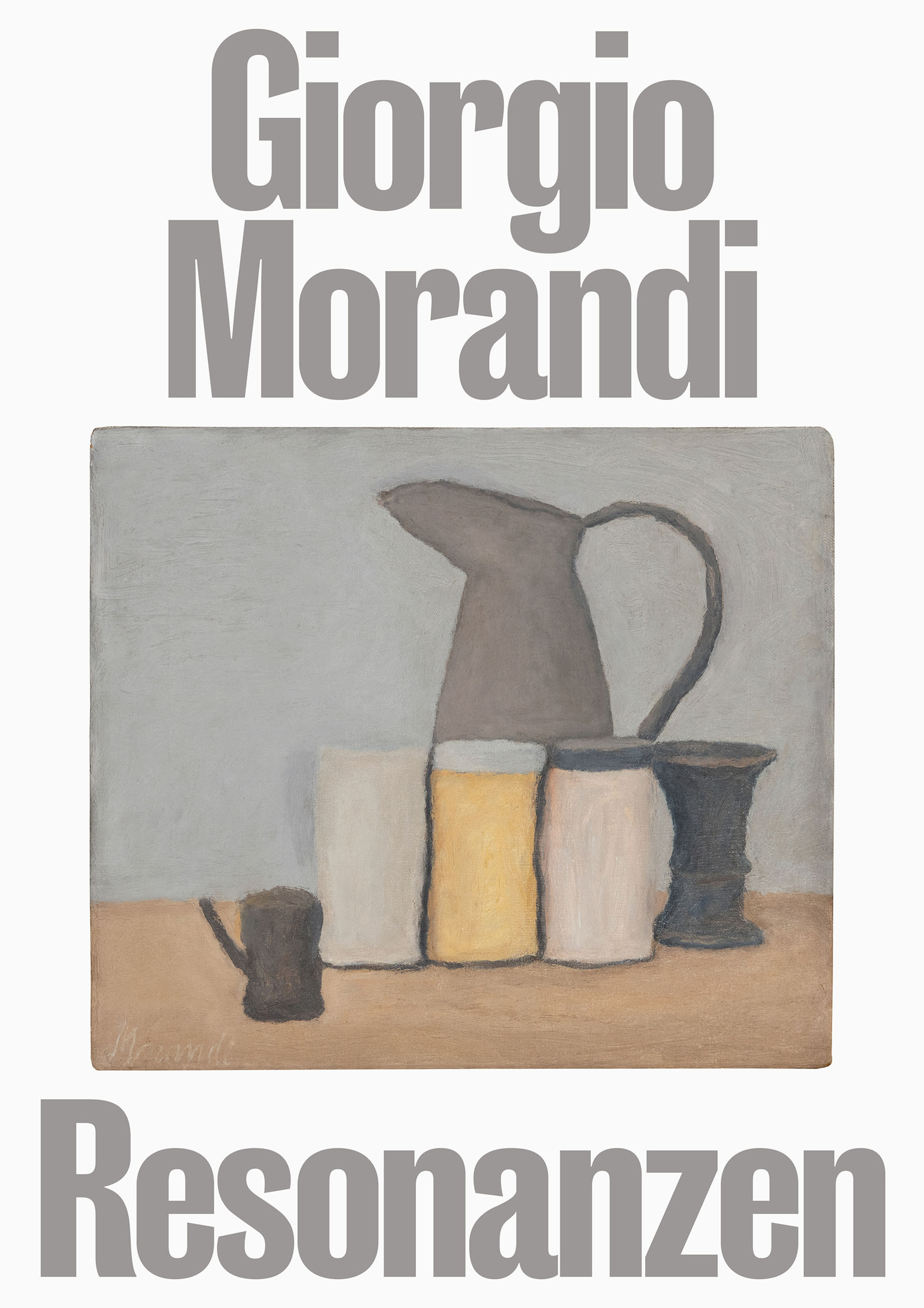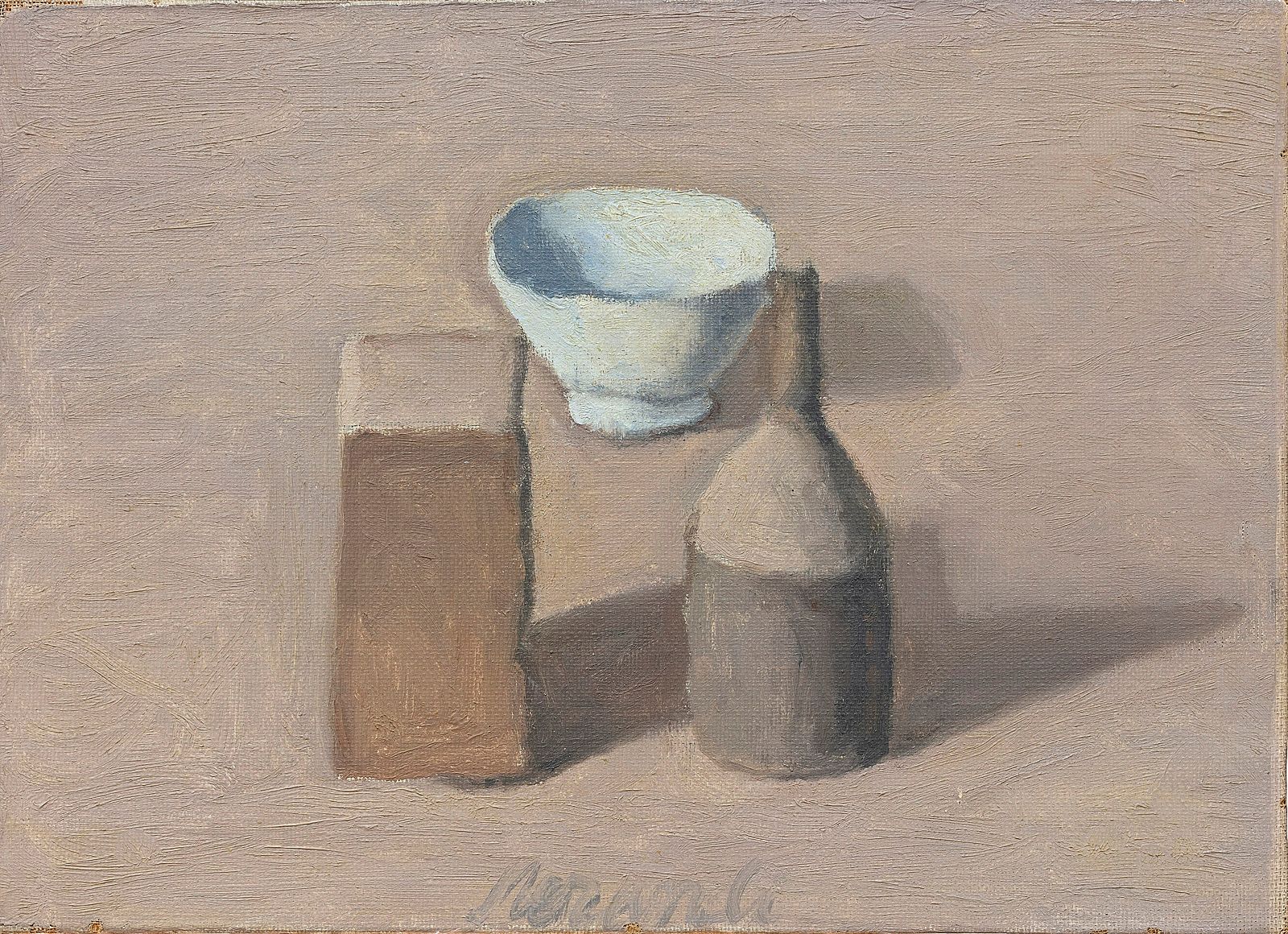Giorgio Morandi
Resonances
Giorgio Morandi (1890–1964 in Bologna) is known for his still-life works and landscape paintings. Throughout his life, he focused on depicting simple, everyday objects such as bottles, jugs, vases, and bowls.
In his paintings and drawings, he constantly varied the arrangement of objects so that, despite the compositions being similar, no two images are exactly alike. They are reduced to the rich quietness of basic forms. It is precisely in the repetitions of these same objects that the slight distinctions are highlighted as striking phenomena. This tension between repetition and difference was what brought attention to Morandi, one of the great loners of modern painting.
The retrospective exhibition “Giorgio Morandi. Resonances” at the Museum für Gegenwartskunst Siegen explores Morandi’s standout position in the art of the last 80 years. It shows more than 80 works by the painter, ranging from his early work in the 1920s through to the 1960s. The presentation begins with the extensive Morandi holdings in the Lambrecht-Schadeberg Collection, supplementing these with loans from other German and European collections. At the same time, the exhibition embraces Morandi’s own principle and sets the images in a dialogue with older and more recent works by other artists, including Josef Albers, Anna & Bernhard Blume, Gustave Caillebotte, Tacita Dean, Walter Dexel, Peter Dreher, Raoul Dufy, Lucian Freud, Candida Höfer, Cornelis Jacobsz Delff, On Kawara, Sol Lewitt, Edouard Manet, Claude Monet, Simone Nieweg, Franziska Reinbothe, Willem de Rooij, Karl Peter Röhl, Cy Twombly and Jan van der Velde.
Showing a total of over 100 works, the exhibition itself will create echoes of individual motifs and images by revealing links through similarities and highlighting differences.
Curator
Christian Spies
Exhibition kindly
supported by

 For supporting the educational
For supporting the educational
programme we would like to thank


 Cultural Partner
Cultural Partner


